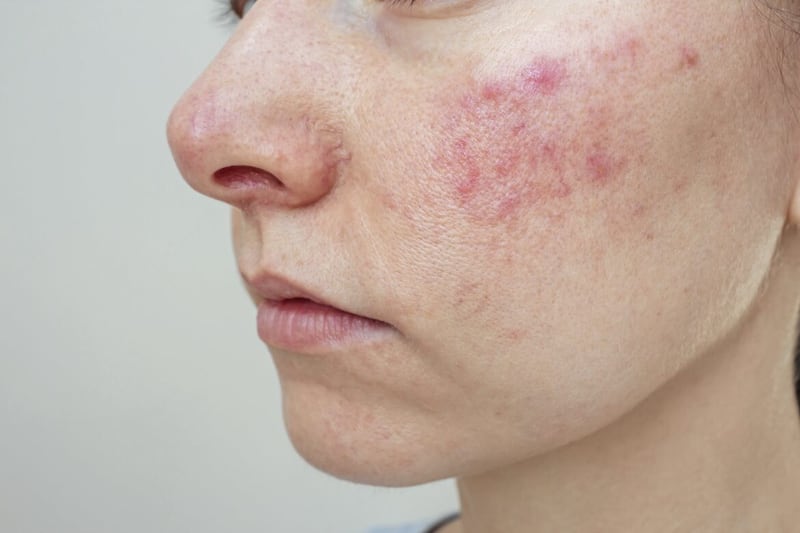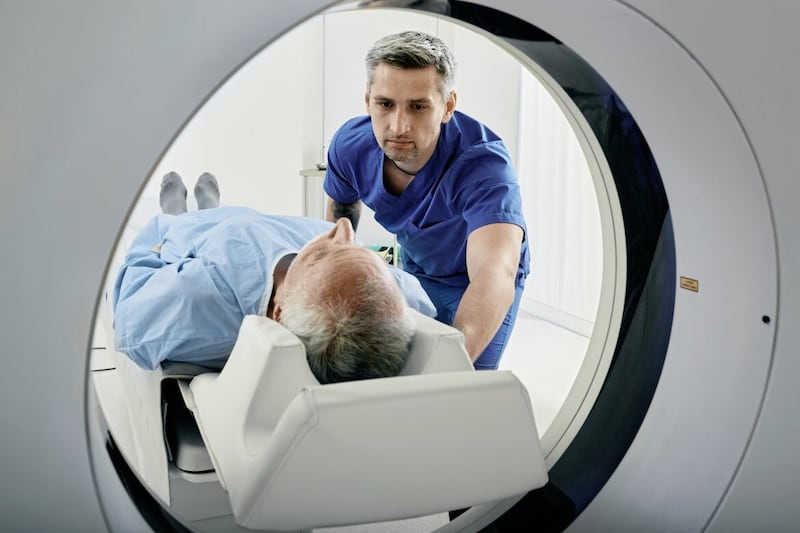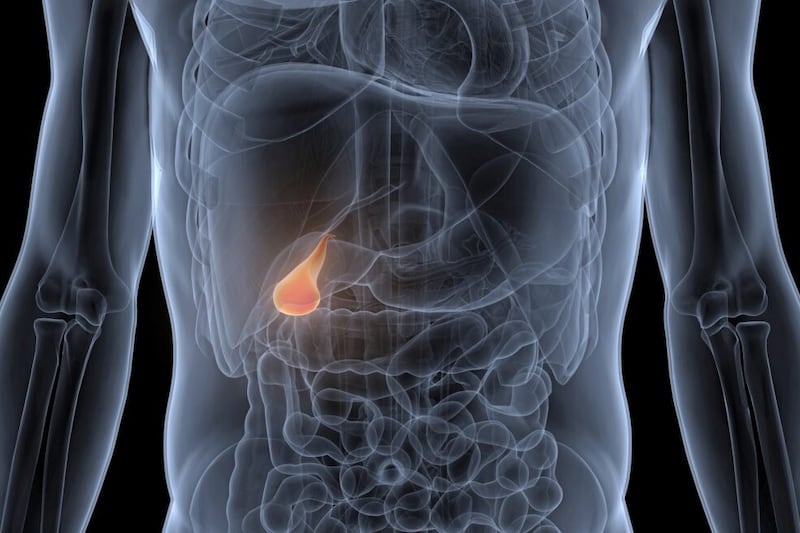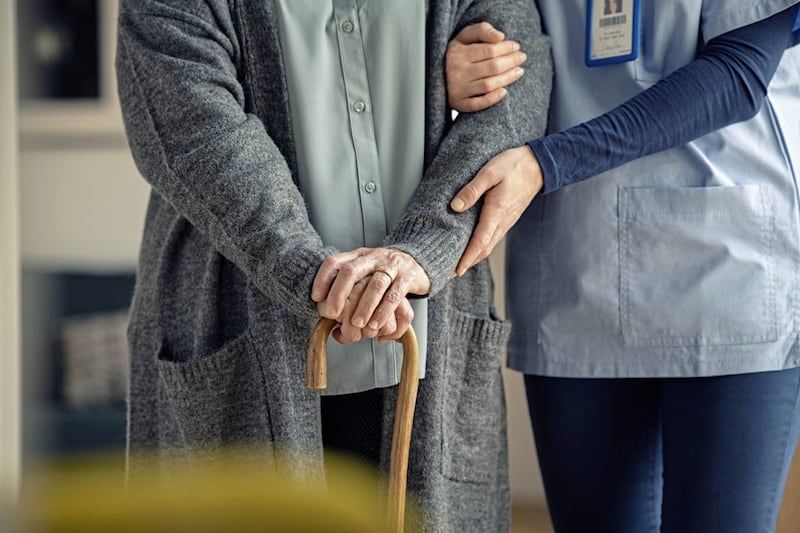Q: I HAVE a red, flushed complexion across my nose and cheeks, and have noticed this is a common condition, particularly as people get older. Is there any corrective action to treat it at home before going to see a specialist?
NR
A: What you describe is the common inflammatory skin disorder, rosacea, which affects the face, typically the nose and cheeks (although it can affect other areas, even the eyes). It is characterised by redness or flushing; often the skin also thickens and develops an irregular texture. In some cases it can trigger acne-like spots.
Because it is a chronic condition that cannot be cured, and usually gets worse over time, it may seem like it’s more prevalent in older people — but, in fact, it can develop at any age and is even found in people in their 20s. Those with fair skin and blue eyes tend to be most at risk.
We don’t really know what causes it: some experts believe it’s due to abnormalities of the blood vessels in the face, with flushing caused by excess blood supply in the area.
Others think the skin’s immune system may be at fault; the theory is that it reacts to micro-organisms on the skin, such as Bacillus olenorius or a mite called Demodex folliculorum, and this reaction triggers inflammation and spots.
Certain lifestyle factors can cause flare-ups: these include strong sunlight, spicy food, alcohol, stress, strenuous exercise and extremes of temperature.
Treatment options available on prescription include antibacterial creams or gels, such as azelaic acid or metronidazole; or brimonidine, which was originally designed to treat glaucoma, but has been found to also reduce skin redness (possibly by narrowing the blood vessels, and thus reducing blood flow to the face).
Another option is a cream formulation of the drug ivermectin. This is an anti-parasite drug which is used to treat headlice and has been found to also suppress Demodex mites.
There are some simple DIY measures you can use to tackle rosacea.
Patients with rosacea tend to have very sensitive skin, and so it is best to wash the face using a non-soap, gentle cleanser and to avoid toners, alcohol-based products or harsh scrubbing.
When moisturising, use a mild emollient — i.e. a medical moisturiser, such as Dermol 500 lotion — twice daily.
I must stress that it is best to see a specialist in order to confirm any diagnosis — this is particularly true for skin conditions.
A GP or dermatologist should usually be able to tell if it’s rosacea quickly and will prescribe an effective treatment.
Q: THE muscle in my left arm has shrunk — it now starts 4 inches above the elbow and aches when I lift any weight. What is this and should I be concerned? I’m 74.
GF
A: From the description in your letter, I wonder if you might have ruptured the long head of the bicep muscle.
The bicep is the large, thick muscle at the front of your upper arm. When you contract the biceps, your elbow flexes.
There are two heads to this muscle — ‘head’ refers to the end of a large muscle where it attaches to your bones.
The ‘long’ head originates from a bony point in the shoulder joint socket; the ‘short’ head attaches to part of the shoulder blade.
Muscles are attached to the bones via tendons, which are bands of tough, fibrous tissue. The tendon that attaches the long head of the bicep to the shoulder joint can sometimes spontaneously rupture, causing part of the muscle to drop, creating a painless ‘Popeye’ bulge in the middle of the front of the upper arm.
I believe this might be what you are describing.
Such a rupture tends to occur as a result of age, overuse and also smoking — the exact mechanisms are unclear. Taking corticosteroids, an anti-inflammatory medication, can also cause deterioration of collagen, the main structural protein of tendons.
This is a relatively common problem in older people and, although usually painful at first, it can occur with minimal discomfort.
Although the arm may be slightly weaker when lifting a weight, you say flexing the elbow is not a major problem for you.
I suggest you seek the opinion of a musculoskeletal physiotherapist to confirm the diagnosis. Your GP may be able to refer you to a physio for exercises to improve the strength and function of your arm.
© Solo dmg media






